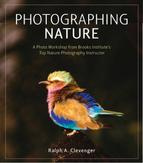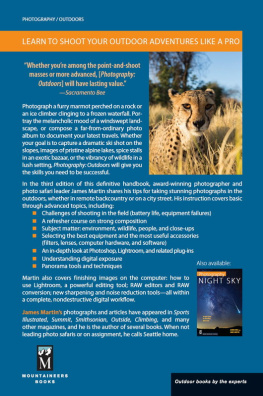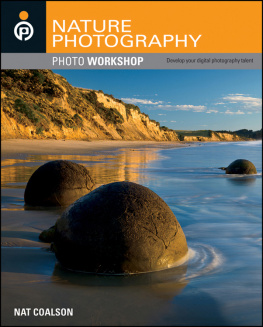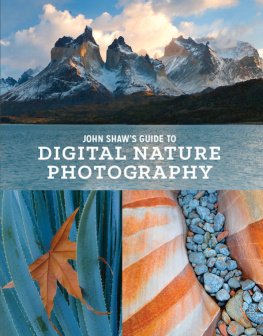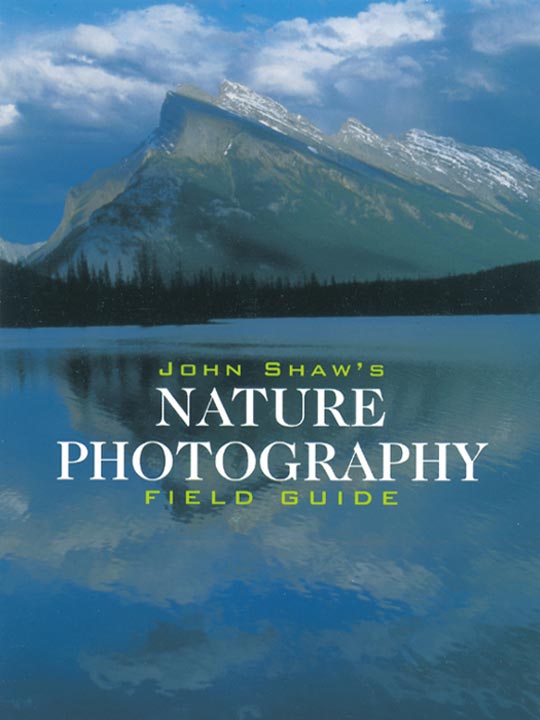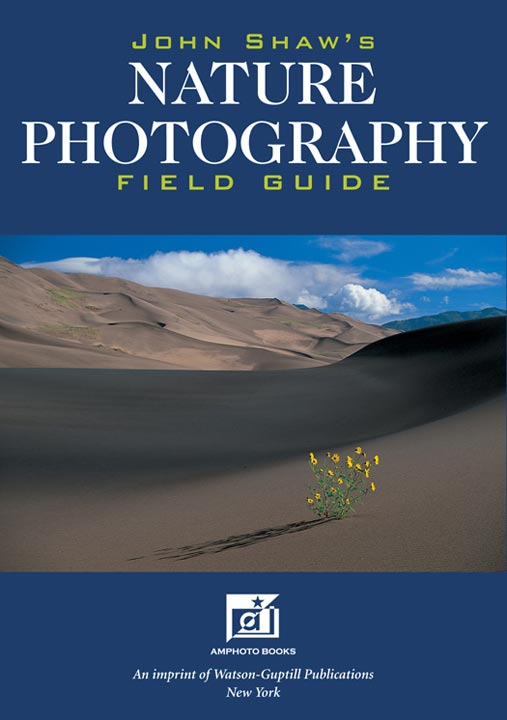Copyright 2000 by John Shaw
First published in 2000 by Amphoto Books, an imprint of Watson-Guptill Publications, Crown Publishing Group, a division of Random House Inc., New York
www.crownpublishing.com
www.watsonguptill.com
Library of Congress Cataloging-in-Publication Data
Shaw, John, 1944
[Nature photography field guide]
John Shaws nature photography field guide / John Shaw.Rev. ed.
p. cm.
Rev. ed. of: The nature photographers complete guide to professional field techniques. 1984.
eISBN: 978-0-8174-0030-9
1. Nature photography. I. Title: Nature photography field guide. II. Shaw, John, 1944-. Nature photographers complete guide to professional field techniques. III. Title.
TR721 .S52 2000
778.93dc21
00-042013
All rights reserved.
Cover design by Jay Anning, Thumb Print
Cover photographs by John Shaw
Front Cover:
MT. RUNDLE AND VERMILLION LAKE, BANFF NATIONAL PARK, CANADA.
Nikon F4, Nikon 3570mm lens, Fuji Velvia.
Title page:
PRAIRIE SUNFLOWERS BLOOM ON THE DUNES IN MIDSUMMER, GREATSAND DUNES NATIONAL MONUMENT, COLORADO.
Nikon F5, Nikon 2870mm lens, Fuji Velvia.
Senior Editor: Victoria Craven
Project Editor: Sarah Fass
Designer: Jay Anning, Thumb Print
Production Manager: Ellen Greene
Text set in 9-point Minion
v3.1
To Andrea. I love you more every day.
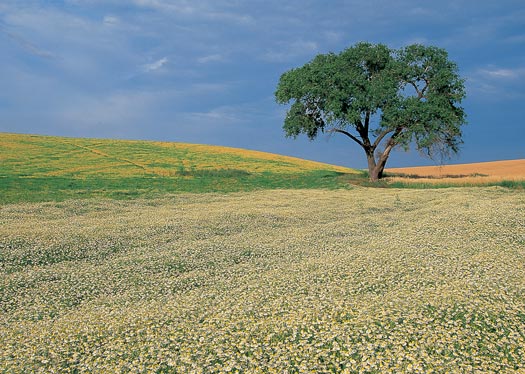
COTTONWOOD TREE IN FARM FIELD, WASHINGTON.
Nikon F5, Nikon 2035mm lens, Fuji Velvia.
Contents

Preface

In 1984, Amphoto Books published my first book, The Nature Photographers Complete Guide to Professional Field Techniques. While many of that books lessons are still validafter all, we still use tripods, good lighting continues to be good lighting, and closeups can still be worked in different waysmany aspects of nature photography have changed. I think the four innovations that have made the biggest impact on field photography are autofocus, autoexposure, the much wider palette of new films, and TTL flash.
While John Shaws Nature Photography Field Guide does update some of the content of the earlier book, it is designed as a standalone product. However, it is not in any way intended as a final word on how to take nature pictures. Rather, it is a detailed description of the methods I currently use. I hope you will consider this work a starting point for your own explorations with a camera. Nature photography is always changing, always evolvingnew products and new techniques come along all the time. I encourage you to develop your own way of working, your own equipment choices, and most of all, your own vision.
As you read the book, you will notice that I frequently refer to Nikon equipment. I do not in any way mean to imply that you should buy only Nikon products, although Ive been very pleased with the system. I have worked with Nikon equipment all my professional career (I hate to say it, but thats close to thirty years now!), and I photographed my own equipment when needed for illustration. However, quality nature photos can be taken with any currently produced photographic system.
You will also notice that I dont give any specific exposure information for the photos in this book. I dont keep track of this information and see no reason to do so. After all, Ill never again be in the exact same location in the exact same light. The camera model, lens, and film are noted, and are correct to the best of my knowledge.
In this age of computer-manipulated images, I feel compelled to state that none of the photographs in this book has been digitally altered. They appear as I took them in the field. I have no quarrel with those who do computer work on their images, as long as it is clearly noted that such changes have been made. Im not anti-Photoshop; far from it. I use the program when making prints of my images, both for my own enjoyment and for sale, and I think the digital darkroom is the best means of achieving a print that corresponds to my vision at the moment I tripped the shutter.
In all of my books, I have included a sentiment that I will repeat here:
To be a better nature photographer, be a better naturalist. The more you know about nature, the more you will see to photograph. Develop a deeper compassion for the world around us, and live by an ethic of concern for the subject matter.
However, I was stunned recently by a readers two-part question. First, he asked how becoming a naturalist could possibly improve his photography. To me, the answer is obvious. I would assume that you actually enjoy nature and the out-of-doors, and that you reap some spiritual benefits from it. Well, this passion should show itself in your work; otherwise, youre photographing for prize ribbons and not for the benefit of your inner self. In addition, learning about your subject matter will naturally lead you to many more photo opportunities. For example, learning about how dew forms leads to learning where to find a dewy meadow, which leads to photographing dew-covered butterflies, which leads to learning how meadows, butterflies, and dew all fit together into one ecological system.
The second part of my readers question was why, if I think being a naturalist is so important, I dwell so much on equipment. Or, to use his phrase, why am I a gear-head? I thought the answer to that question was also obvious. The more diverse the nature subjects you want to photograph, the more diverse your equipment has to be. You cant work birds and mammals with a 50mm lens (well, I should say emphatically that you shouldnt, because the close approach it requires creates stress for your subjects); you need a long lens. Along similar lines, if you want to photograph landscapes incorporating close foregrounds and distant horizons, you need a wide-angle lens. Is it possible to photograph with only one lens? Of course, but its limiting. As a professional photographer, I use a vast array of equipment; cameras and lenses are the tools of the trade.
For a more complete discussion of certain specific aspects of nature photography that form only a part of the content of this book, I refer you to my other books, all of which are published by Amphoto:
The Nature Photographers Complete Guide to Professional Field Techniques
John Shaws Closeups in Nature
John Shaws Focus on Nature
John Shaws Landscape Photography
John Shaws Business of Nature Photography
Finally, if you would like more information about my work, or about the workshops and tours I lead, check my Web site:
www.johnshawphoto.com.





